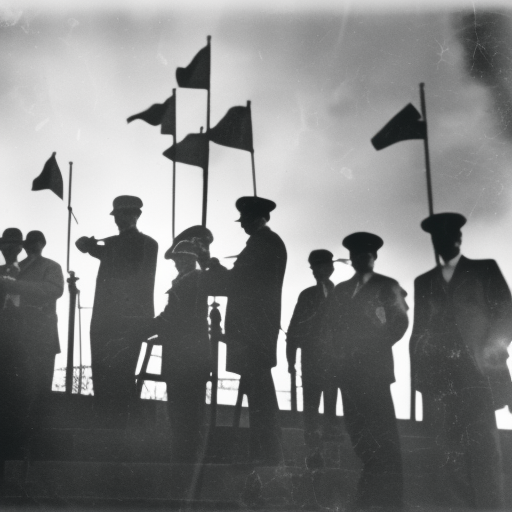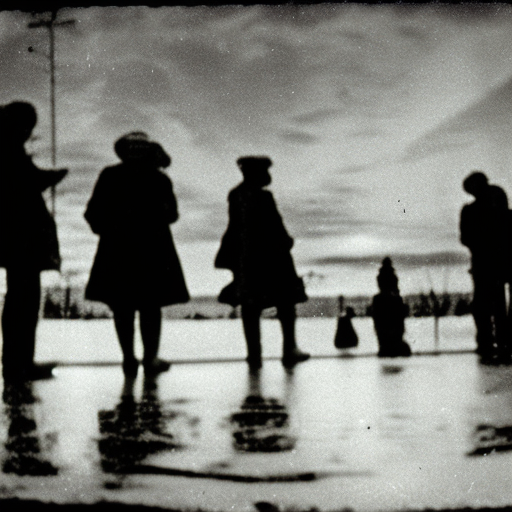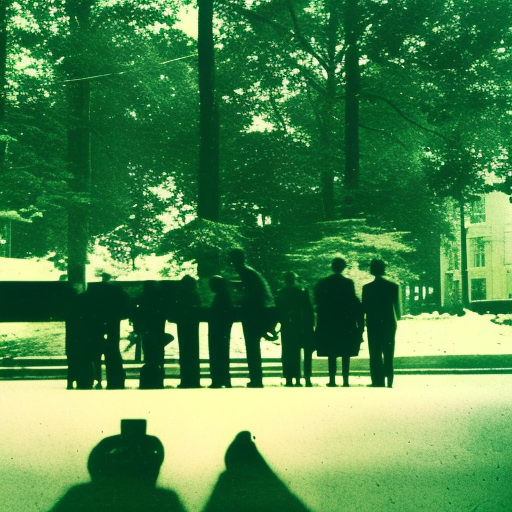The Populist Movement: A Summary
The Populist Movement, also known as the People’s Party, was a political movement that emerged in the late 19th century in the United States. It was primarily driven by farmers and laborers who were discontented with the economic and political conditions of the time. The movement aimed to address the concerns of the working class and rural population, advocating for reforms that would alleviate their hardships and promote their interests.
Background and Causes
The Populist Movement arose in response to several factors. First, the agricultural sector was facing significant challenges, including falling crop prices, high transportation costs, and heavy debt burdens. Farmers were struggling to make a living and were increasingly frustrated with the dominance of big business and banks, which they believed were exploiting them. Additionally, the rapid industrialization and urbanization of the country had led to growing income inequality and social unrest.
Goals and Platform
The Populist Movement sought to address the grievances of the working class and rural population through a comprehensive platform. Their goals included the implementation of a graduated income tax, direct election of senators, government ownership of railroads and telegraph lines, and the introduction of free silver as a means to combat deflation. They also called for the establishment of a national currency and the regulation of monopolies to ensure fair competition.
Political Impact
The Populist Movement had a significant impact on American politics. In the 1892 presidential election, the Populist candidate, James B. Weaver, received over one million votes and won several states in the West. This demonstrated the movement’s growing influence and highlighted the appeal of their platform to a wide range of voters. The Populists also formed alliances with other political groups, such as the labor movement, to strengthen their position.
Decline and Legacy
Despite their initial successes, the Populist Movement faced numerous challenges and eventually declined. Internal divisions within the movement, as well as opposition from established political parties and business interests, weakened their influence. The Panic of 1893, an economic depression that hit the country, further undermined their support. Additionally, the Democratic Party adopted some of the Populist platform, which diluted the movement’s distinctiveness.
Although the Populist Movement did not achieve all of its goals, its legacy can be seen in subsequent political developments. Many of the reforms advocated by the Populists, such as the direct election of senators and the graduated income tax, were eventually implemented. The movement also paved the way for the progressive era and the rise of other reform movements in the early 20th century.
Conclusion
The Populist Movement emerged as a response to the economic and political challenges faced by farmers and laborers in the late 19th century. It sought to address their grievances through a comprehensive platform that included reforms aimed at promoting their interests and challenging the power of big business. While the movement faced significant obstacles and eventually declined, its impact on American politics and its legacy can still be felt today.












